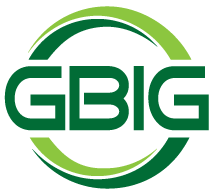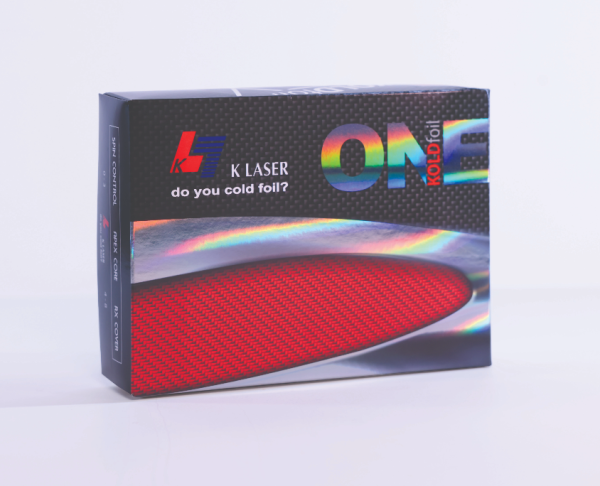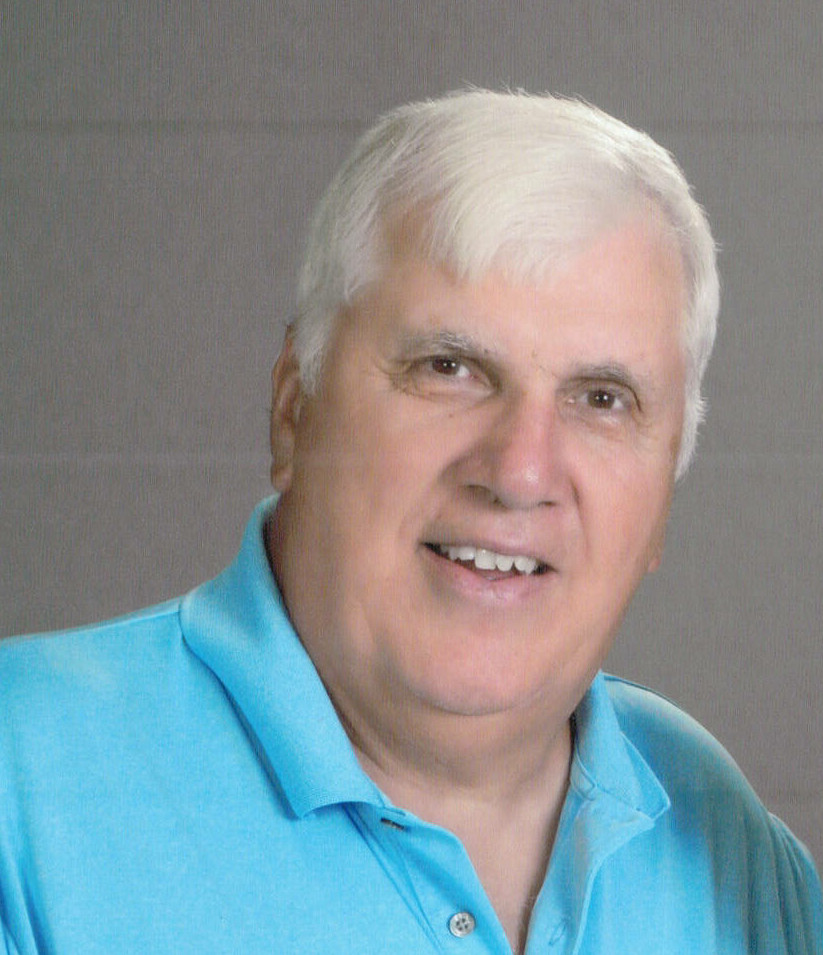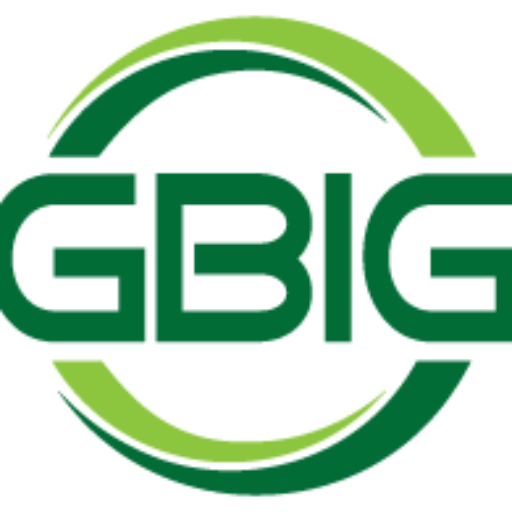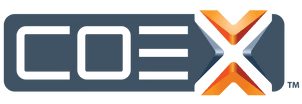Advancements in Web Gauging Systems Transforms the Manufacturing Landscape

In the ever-evolving world of manufacturing, precision and consistency are essential elements of a company’s success. Industries such as printing and packaging require a level of accuracy that cannot be found through traditional methods. Advanced web gauging systems have taken a technical leap that is transforming the terrain of quality control. Where precision is vital, these innovations make a substantial impact on product quality and cost reduction.
Real-time Precision Is the Key to Outstanding Accuracy
Traditional gauging methods were subject to periodic sampling which left gaps in product quality. Modern web gauging systems have removed these limitations by including real time, continuous measuring. Manufacturers can now assess every inch of material as it goes through the production line, significantly improving quality control. This real-time precision significantly minimizes defects by reducing the need for costly rework and enhancing overall production efficiency.
Print Perfection Across Every Run
Web gauging systems are indispensable in the printing industry that thrives on precise color and print consistency. The ability to maintain uniform print quality across large print runs empowers manufacturers by decreasing misprints and improving operational productivity. This integration of web gauging with automation technologies leads to a substantial reduction in manufacturing processes, revolutionizing the industry.
Striving For Packaging Excellence
Material thickness is a critical component of the packaging industry. Advanced web gauging systems play an important role in detecting even the slightest variations in thickness, allowing for immediate adjustments to maintain consistency. Material waste is minimized and production costs are lowered significantly.
Advanced Data Analysis Beyond Measurements
Today’s web gauging systems are made up of more than just elevated measuring; they come equipped with extensive data analysis capabilities. By collecting and analyzing data in real time, manufacturers receive valuable insights into their production processes. Trends and potential issues can be identified early on allowing for proactive measures. Preventing defects and providing the consistent delivery of high-quality products can uplevel business reputations.
Elevating Operations through Seamless Automation Integration
By performing automated adjustments based on real-time measurements production lines remain in excellent condition and overall efficiency is increased by minimizing human errors. This integration not only elevates the overall product quality but results in substantial cost savings by diminishing the necessity for manual adjustments and revisions.
New Era of Manufacturing
The advancements in web gauging systems have created a new era of manufacturing excellence. The innovative technologies not only alter the traditional landscape of production but also result in heightened precision, efficiency and quality control across printing and packaging industries. By embracing this modern wave, the opportunities for seamless productivity and product consistency becomes increasingly promising.
For businesses seeking to stay ahead of the curve, Quad Plus stands as a trusted partner, providing tailored solutions to improve manufacturing processes. To learn more about how our expertise can transform your operations, contact Jim Would at jwoulf@quadplus.com or call (920) 515-4155.
